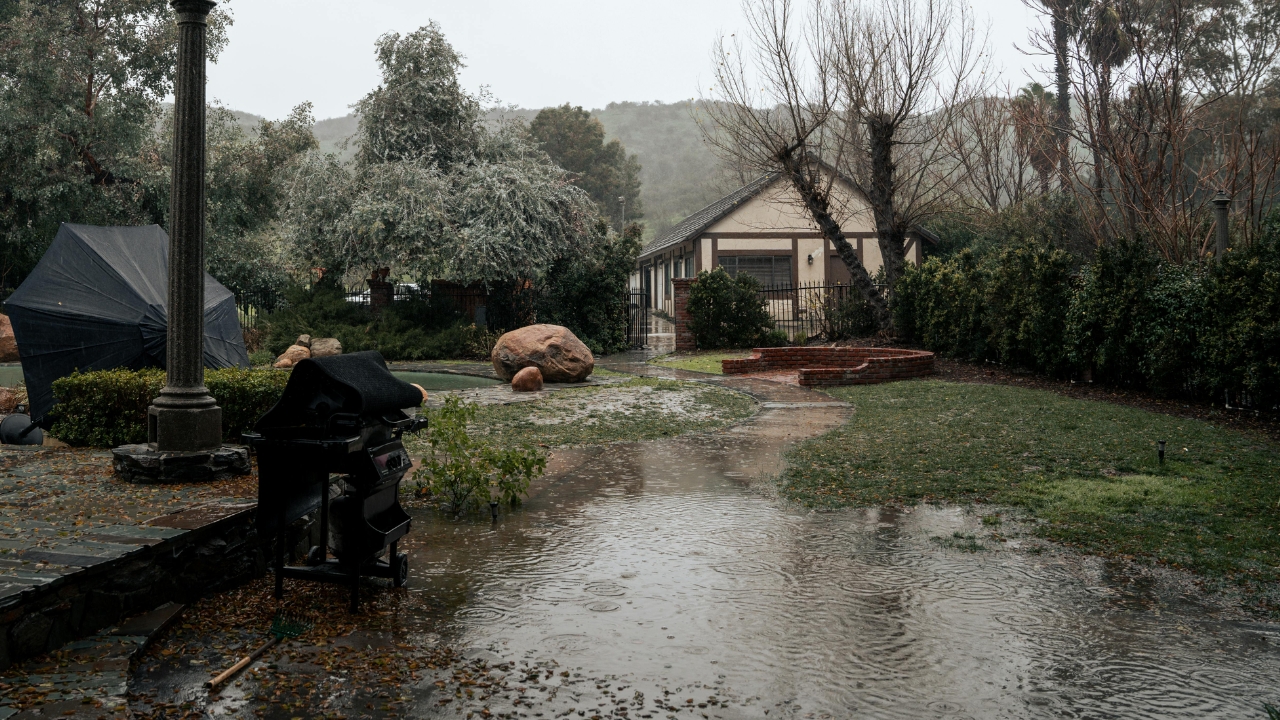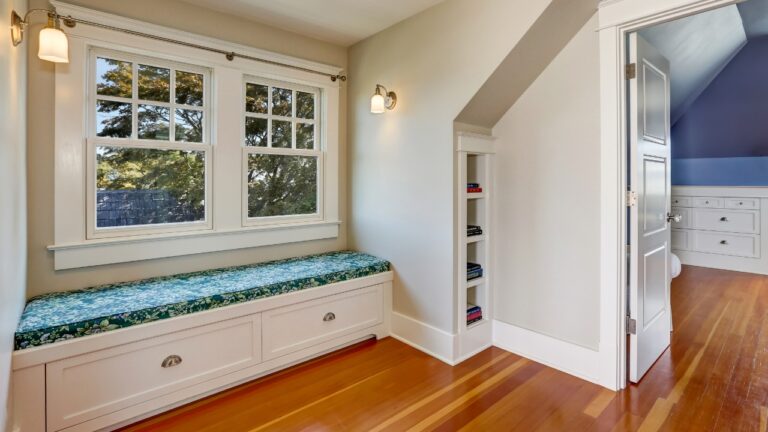7 Things That’ll Wreck Your Drainage If You’re Not Careful
Good drainage is one of those things you don’t think about—until something floods, washes out, or starts growing mold. Once that happens, it’s a lot harder (and more expensive) to fix. These are some of the most common things that’ll throw your drainage off track fast if you’re not watching.
Planting the Wrong Stuff Too Close to the House
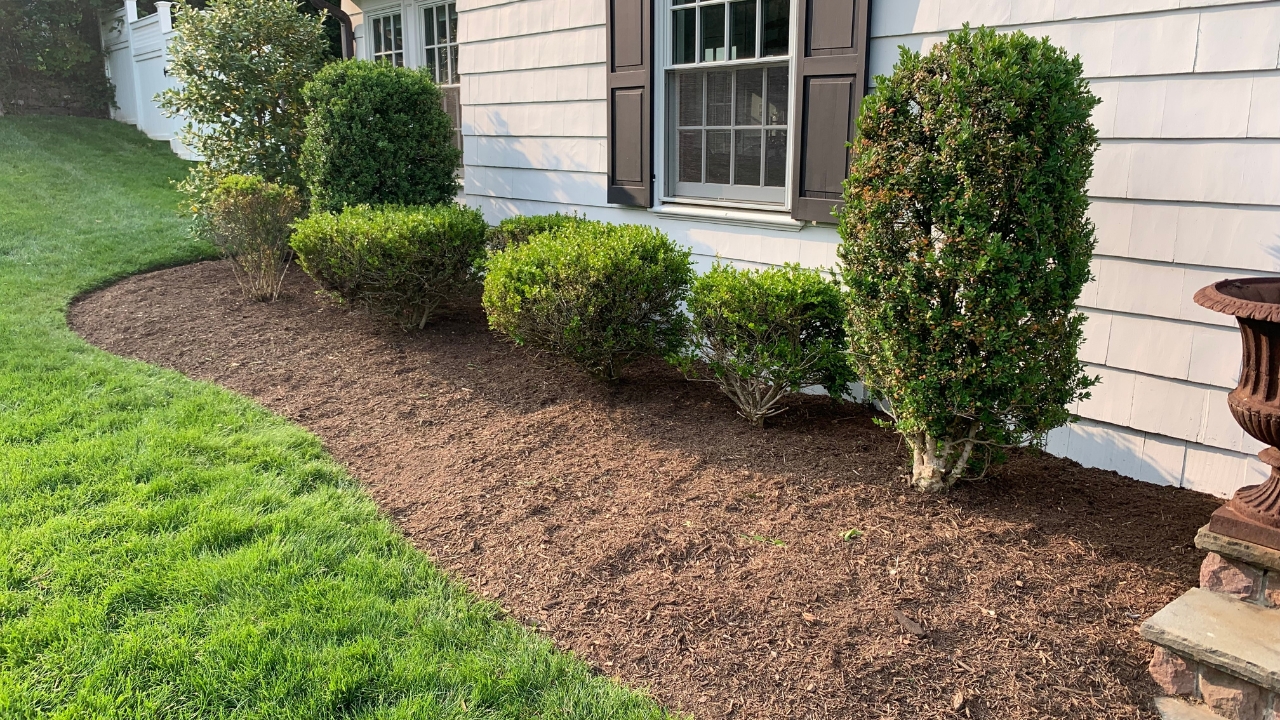
Big bushes, thick ground cover, and trees might look nice, but they can stop water from flowing away from your foundation. Instead of shedding water, they trap it in.
Make sure anything you plant near the house won’t block water runoff. Keep mulch and beds sloped away, and don’t plant anything that holds moisture right up against your siding.
Gutters That Dump Right at the Base

Gutters are supposed to carry water away from your house—not dump it right at the bottom where it pools and sinks in.
Use downspout extensions or underground drainage lines to move water at least a few feet from the foundation. A little plastic elbow and pipe can save you thousands in water damage later.
Driveways Without Proper Slope
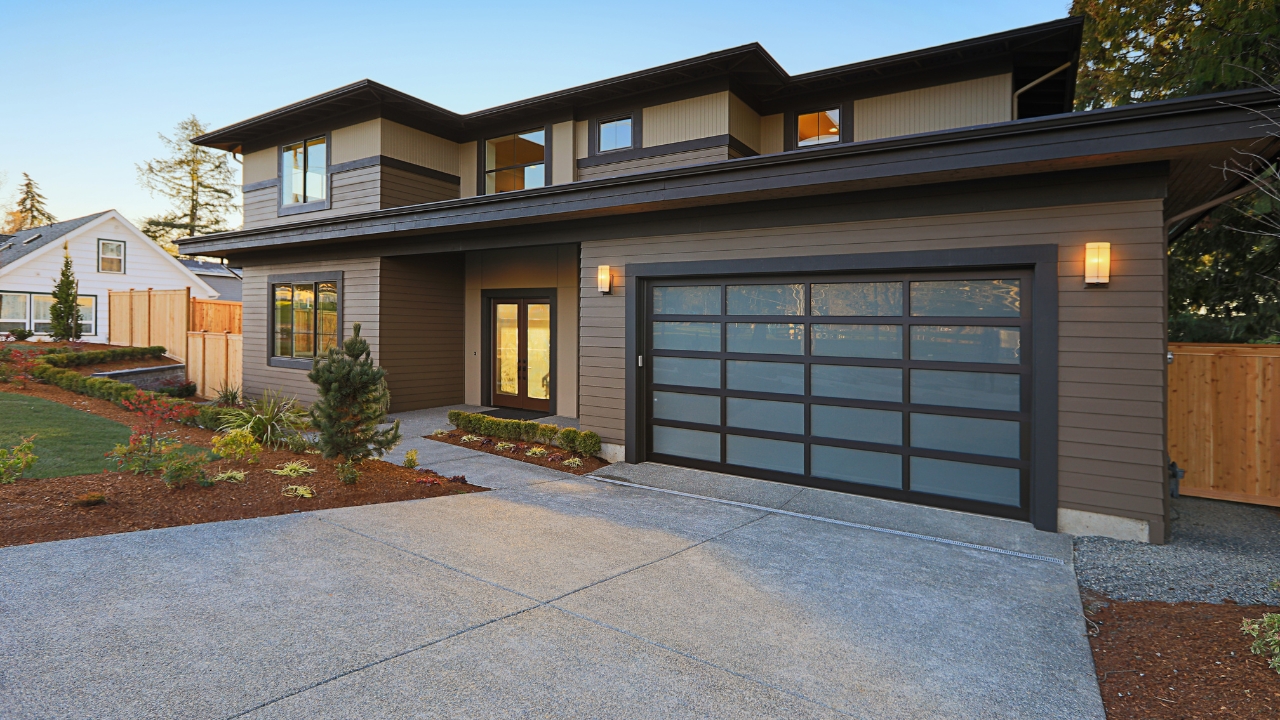
If your driveway slopes toward your house or barns, it’s going to carry a stream of water every time it rains. That kind of runoff adds up fast.
Make sure your driveway is slightly graded to the side, or install a channel drain to divert water before it causes problems. Flat driveways can be trouble too—they just let water sit.
Too Much Hardscape Without Runoff Planning

A patio, sidewalk, or big slab of concrete looks great—until you realize it’s blocking natural drainage paths and forcing water somewhere it shouldn’t go.
Every time you add a solid surface, ask where the water’s going to end up. Add slope, a drain, or gravel border to give it somewhere safe to flow.
Poor Grading Around the House

If the ground around your home is level or slopes inward, water’s going to collect right where you don’t want it. That leads to soggy yards, crawl space issues, and even slab damage over time.
Add dirt to create a gentle slope away from the house on all sides. Even a few inches of grade can make a big difference in keeping things dry.
Clogged or Crushed Drain Pipes

French drains and yard drains work great—until they get clogged with debris or crushed by heavy equipment. Once they’re blocked, water backs up and spreads fast.
Inspect your drainage pipes at least once a season. Keep them clear, protect them from damage, and make sure they’re still doing the job they were installed to do.
Letting Animals or Equipment Dig It Up
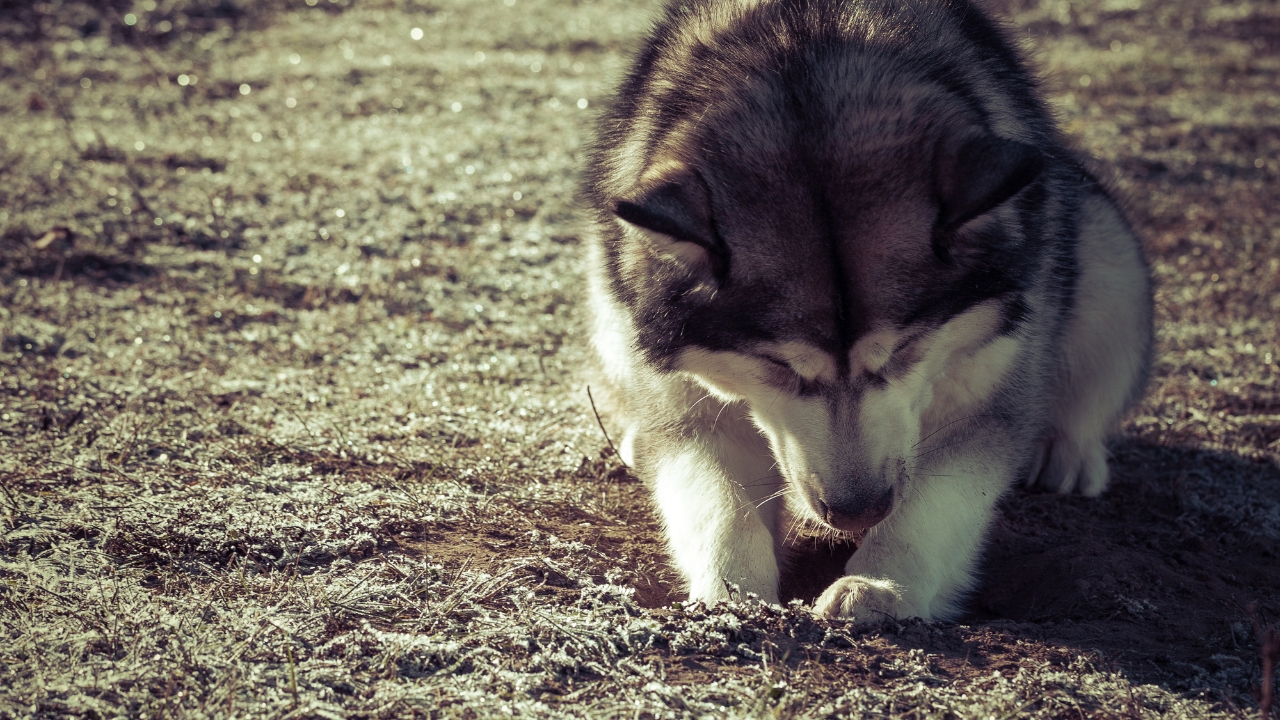
Dogs digging near drain pipes or tractors rolling over buried lines can tear things up without you realizing it. One collapsed section can stop the whole system from working.
Keep an eye on areas where animals dig or heavy equipment passes. Reinforce or flag off drainage routes so you don’t have to dig it all up again later.
*This article was developed with AI-powered tools and has been carefully reviewed by our editors.

